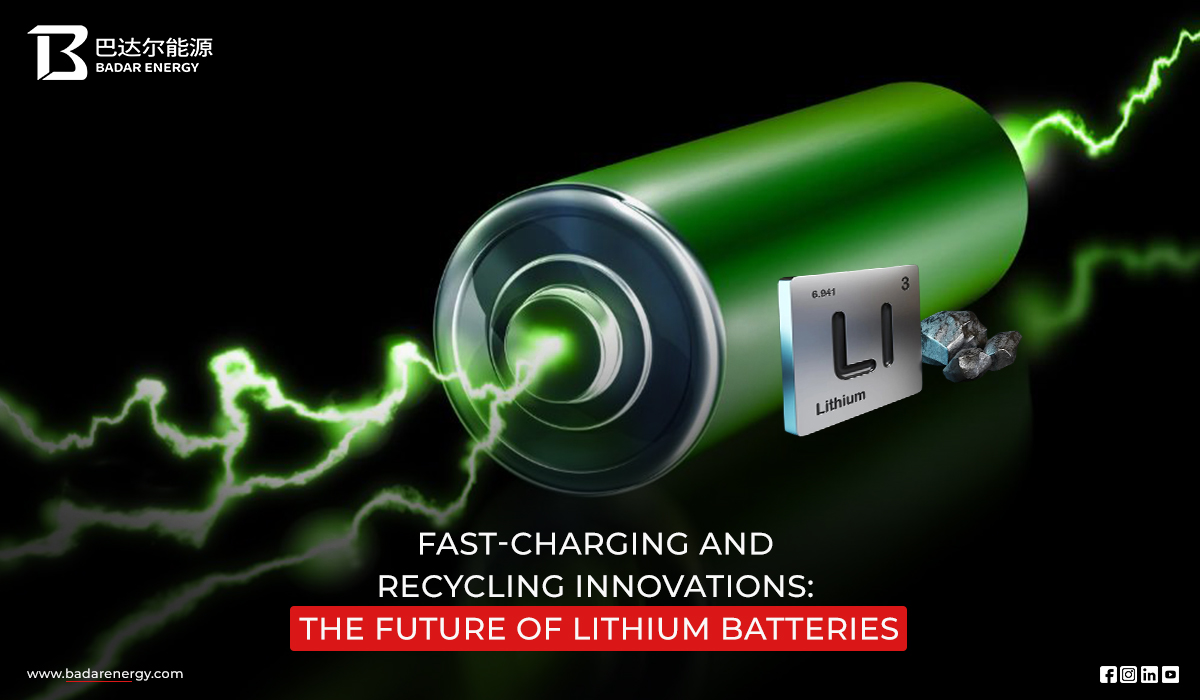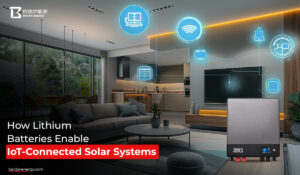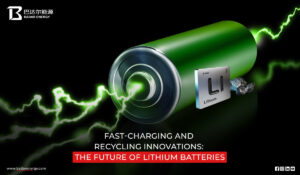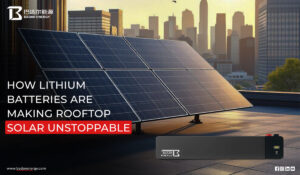The global energy landscape is undergoing a radical transformation. At the heart of this shift are Lithium Batteries. Once only for consumer electronics, they are now the critical engine for electric vehicles (EVs) and the backbone for sustainable energy storage solutions. This is especially true when paired with Solar panel integration. For this technology to truly usher in a greener future, two major hurdles must be overcome: the time it takes to charge and the environmental challenge of disposal. This is where fast-charging battery technology and lithium battery recycling innovations step in, defining the direction of next-gen lithium batteries.
High performance and long term power that is also environmentally responsible is becoming increasingly in demand. This growth comes from the global shift to renewable sources. Companies like Badar Energy are leading with advanced lithium batteries and solar energy solutions. Their work shows that combining speed with sustainability is not only possible but essential for staying ahead in the market.
The Evolution of Fast Charging Battery Technology
The primary barrier to widespread EV adoption and seamless use of solar storage systems has long been the charging time. Early Lithium Batteries could take hours to fully recharge. This was a major inconvenience. Today, the focus on fast-charging battery technology is rapidly changing this narrative.
1. Material Chemistry Breakthroughs
The key to ultra fast charging lies in how quickly lithium ions can move between the cathode and anode within the battery cell. Current battery innovation trends are centered on material science advancements:
- Solid State Batteries: It is most likely the most interesting development. Solid state batteries, which use a solid electrolyte instead of a flammable liquid, are safer and could outperform fast-charging and energy density by far. That may imply EV charging times of several minutes, which is much more competitive with regular refueling.
- Silicon Anodes: Lithium ion batteries have traditionally relied on graphite as the anode. Investigators have begun volume producing silicon based anodes that have a higher capacity to hold lithium ions. This invention multiplies energy density by a significant factor and allows a much faster charge transfer. It powers vehicles and homes for longer periods while reducing charging downtime.
- 800V Architecture: In EVs, increasing the battery pack voltage from the traditional 400 V to 800 V cuts the current needed in half for the same power. This is going to enhance efficiency of charging and may allow up to 10 to 20 minutes of charging.It makes fast-charging battery technology a reality on the road.
Companies like Badar Energy already integrate Fast Charging technology into their product lines. They ensure their high performance solar storage batteries, such as the Dolphin Tower and Lion Power series, efficiently store the power generated by Solar panel integration. This provides reliable and quick backup for homes and businesses.
The Imperative of Sustainable Lithium Battery Recycling
With billions of Lithium Batteries coming to the world seas, one cannot ignore the environmental effects of cell disposal or end of life of a cell. The mining of essential rough materials such as lithium, cobalt, and nickel are costly in terms of ecology and concern. It has generated a worldwide need to develop useful recycling of lithium batteries and a real perforated economy.
2. Innovative Recycling Processes for a Circular Economy
Sustainable energy storage depends entirely on sustainable practices for material sourcing and waste management. The next-gen lithium batteries must be designed for longevity and efficient recycling. New recycling methods are far more advanced than older, energy intensive processes:
- Hydrometallurgy and Direct Recycling: Conventional recycling often involves pyrometallurgy (smelting). This is energy intensive and recovers fewer materials. New Hydrometallurgical methods involve using chemical solvents to dissociate and recover desirable metals selectively. This increases the purity and recovery effects. Even better is direct recycling, where the active cathode materials are recovered intact. This bypasses the costly and energy intensive resynthesis process. It proves that recycled materials can in some cases outperform newly mined ones.
- AI and Digital Traceability: Sophisticated technologies are being integrated into the recycling pipeline. Artificial Intelligence (AI) and Machine Learning (ML) are used to rapidly and accurately sort different battery chemistries. This is a major challenge given the variety of battery types. In addition digital solutions like blockchain are enhancing traceability within the supply chain. They assist in the responsibility of tracking and recycling of materials.
- Environmental Benefits: The impact of effective lithium battery recycling is immense. Studies show that recycling Lithium Batteries can reduce greenhouse gas emissions by over 50% and drastically lower energy and water consumption compared to traditional mining and refinement processes.
Badar Energy: Championing Battery Innovation Trends
In areas with severe energy shortages like Pakistan, fast-charging battery technology in combination with sustainability is all the more important. Badar Energy is leading in this change. They provide affordable lithium batteries while committing to modern battery innovation trends.
Their products, like the heavy duty Dolphin Tower Battery, are explicitly designed to replace traditional, polluting generators. These high capacity units boast cycle life ratings up to 6,000 cycles. This far exceeds industry standards. They also offer fast charging capabilities that are essential for maximizing the collection of intermittent solar power.
Badar Energy contributes to the future of sustainable energy storage by focusing on:
- High Cycle Lifespan: Full operation longevity is a direct correlation to reduced wastes and footbow. Their 5 year warranties and long life cycle are testimony to their durability efforts.
- Solar Integration: By specializing in battery solutions for Solar panel integration, they are actively encouraging the shift to a cleaner power source, reducing reliance on fossil fuels.
- Efficiency and Reliability: The appeal of the product to offer an efficient, zero noise, and zero fuel alternative to generators is a strong way into a more environmentally friendly and less noisy urban setting.
The Road Ahead: Next Gen Lithium Batteries
The future of power is no longer about simply storing energy. It is about storing it efficiently, quickly, and sustainably. The development of next-gen lithium batteries—with their solid state architecture, silicon enhanced anodes, and 800 V charging—will continue to break down barriers to adoption. Simultaneously, the advancements in lithium battery recycling are transforming a potential environmental crisis into a remarkable economic opportunity. This secures the supply chain for critical materials.
For consumers and businesses seeking to embrace a cleaner future, choosing products from brands like Badar Energy is key. They prioritize both fast-charging battery technology and durable, high efficiency design. This is the clearest path to achieving true sustainable energy storage. The age of slow charging and disposable batteries is fading. The future is one of speed, efficiency, and a truly circular energy economy.




